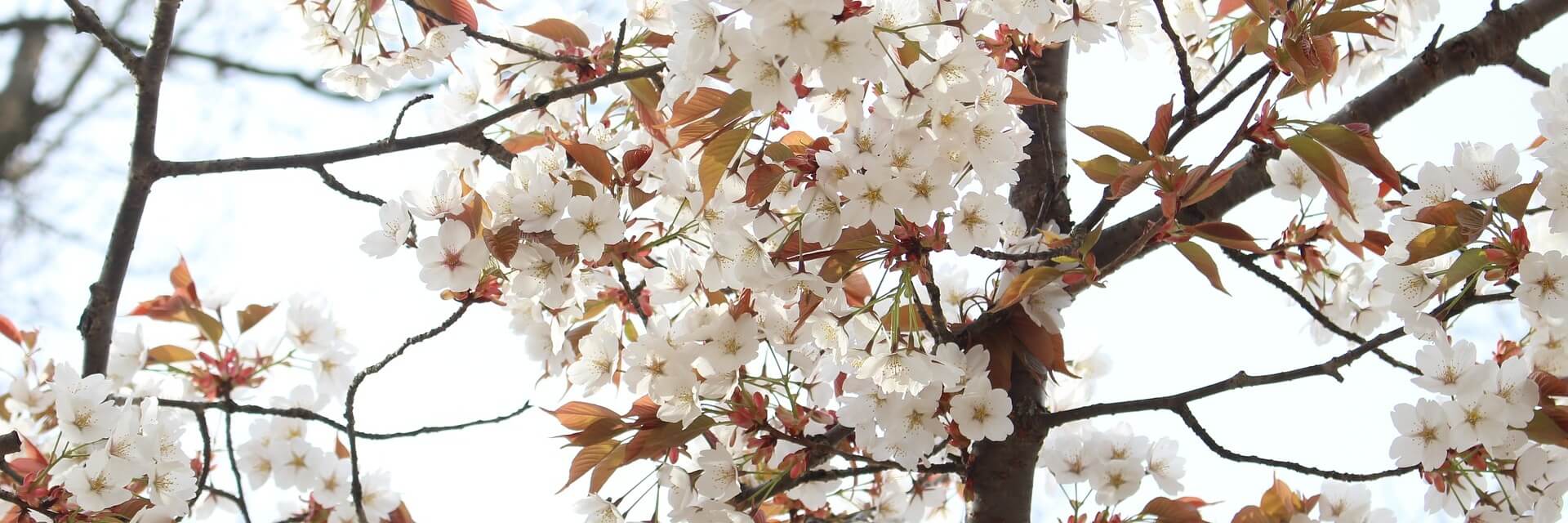
What does the cherry blossom tree symbolise?
Cherry blossom has traditionally symbolised the ephemeral nature of beauty and life itself. In Japan people have picnicked under the spectacular displays of blooming cherry tree’s since at least the 8th century in a celebration known as Hanami. Cherry blossom only lasts two weeks and so the celebration is a time of reflection on the fleeting nature of existence.
Browse our online range of cherry blossom trees.
Do cherries grow on a cherry blossom tree?
Yes, and all are edible. However, cherry blossom trees have been bred over centuries specifically for their blossom and so the fruit may be very small and won’t have a good taste. Be careful of wild cherries or black cherries as these may need to be cooked and always try to identify the tree before eating them.
Do cherry blossom trees lose their leaves?
Yes, cherry blossom trees are deciduous. Their ornamental factor is richly supplemented by their autumn displays of various colours and tones.
Can you eat the cherries on a cherry blossom tree?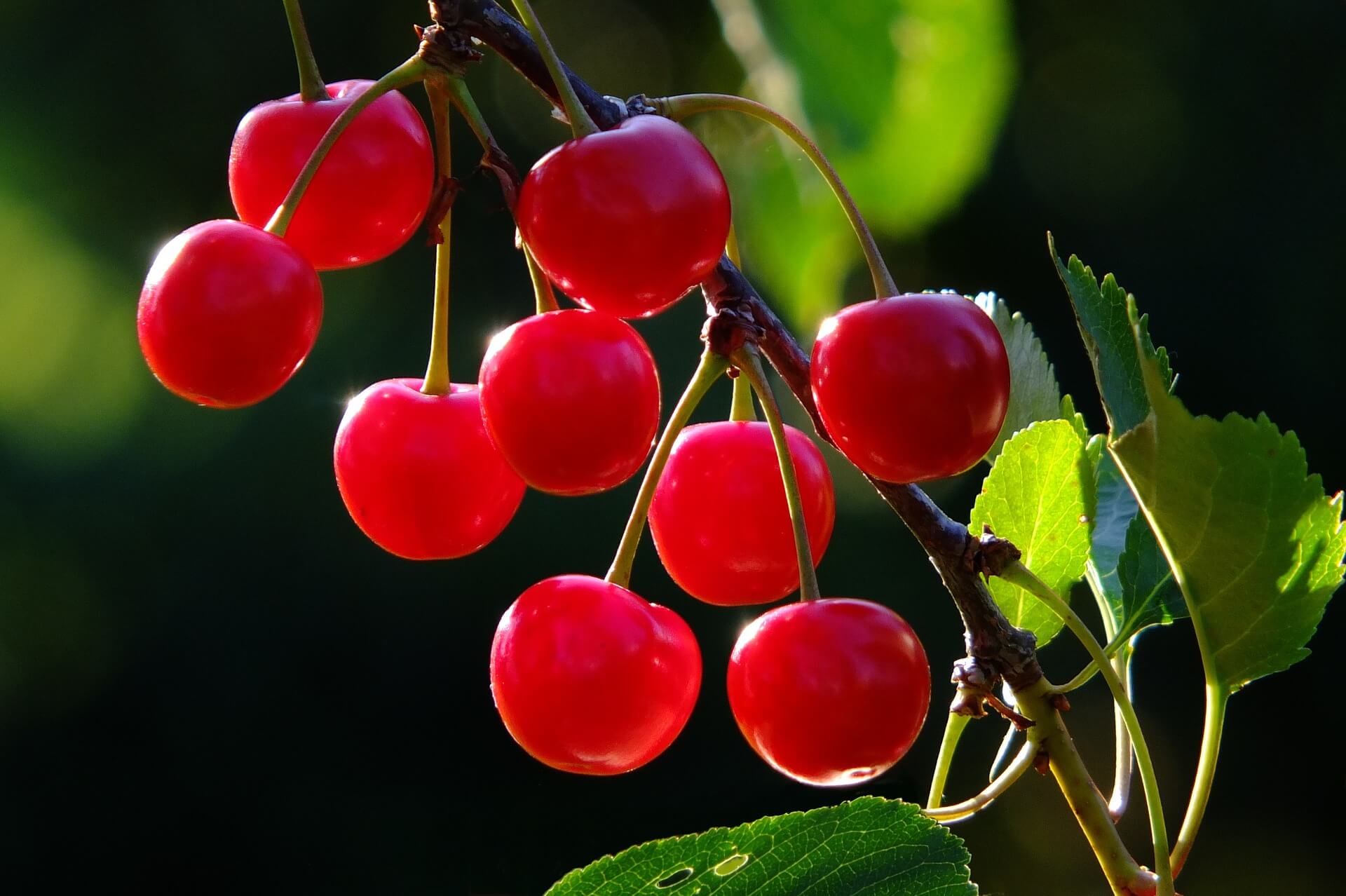
Yes. However, cherry blossom trees have been bred over centuries specifically for their blossom and so the fruit may be very small and won’t have a good taste. Be careful of wild cherries or black cherries as these may need to be cooked and always try to identify the tree before eating them.
Where is the best place to plant a cherry tree?
Cherry blossom trees are best planted in areas of full sunlight and protection from the wind with deep, fertile, preferably alkaline soils. To fully bloom the tree will need around 4 hours of direct sunlight a day. Dry, cold winds may also damage the flower buds leading to their premature death.
How close to house can you plant a cherry tree?
A mature blossoming cherry tree will need around 4 hours of direct sunlight and 1.5 meters between its base and any wall, such as a house, for its roots to develop. If you want to plant your tree close to your house be mindful of petal and leaf full and if this will cause any unwanted mess.
What is the best time to plant a cherry blossom tree?
A cherry blossom tree if it is pot-grown can be planted at any time of year and only in the dormant months if it is bare-root but it is always important to ensure the ground is not frozen or waterlogged.
Are cherry blossom trees fast growing?
Cherry blossom trees have a moderate of medium growth rate and usually take between 10 and 20 years to reach their mature height. The eventual height of the tree however is dictated by the rootstock on which it is grown but the rate of growth remains the same.
How tall does a cherry blossom tree get?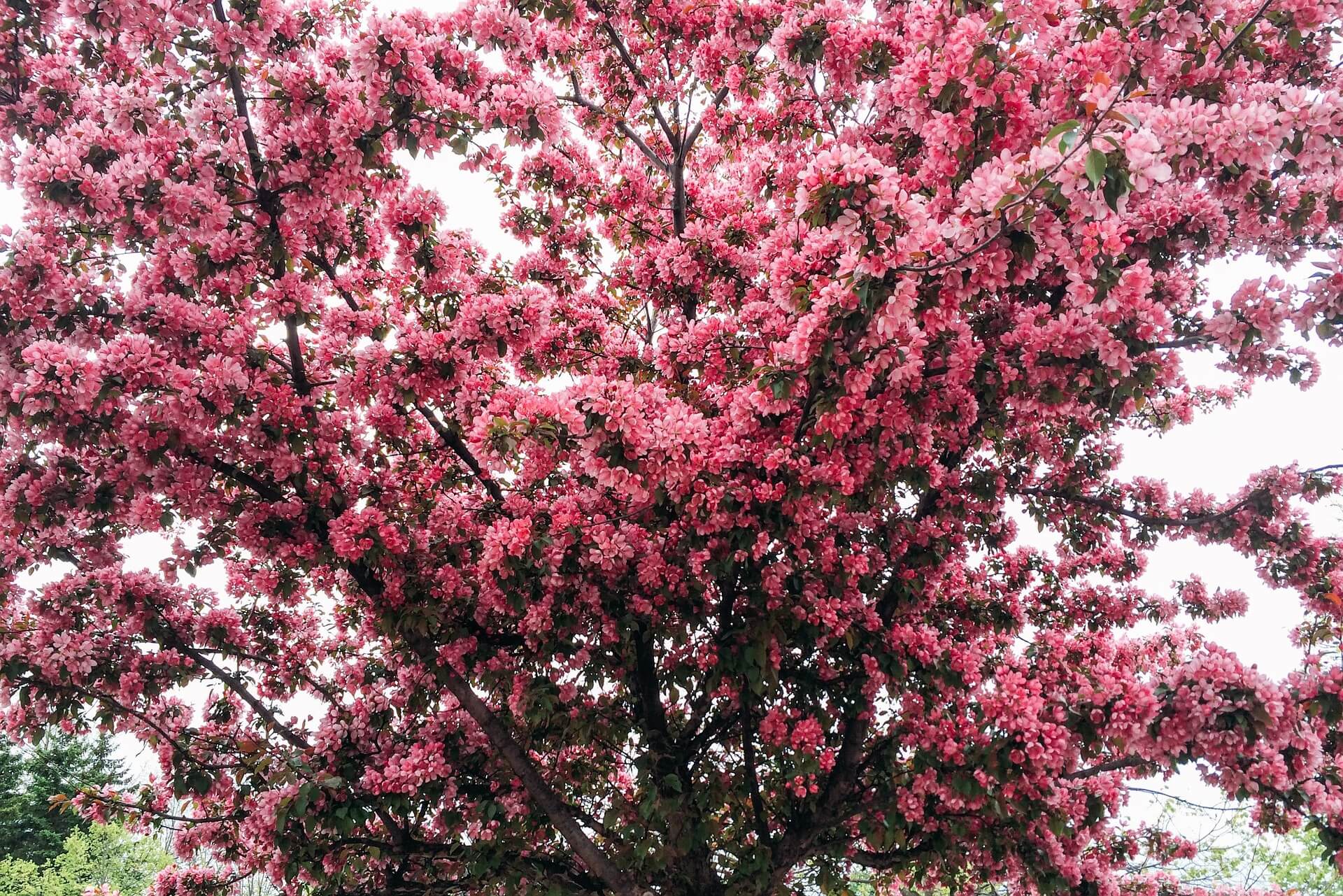
Cherry blossom trees on a dwarfing rootstock will reach an eventual height of around 2-3 meters but those on a vigorous rootstock will grow up to around 8-10m tall. Despite the differences in height the rootstocks do not affect the growth rate of the tree which will remain moderate. The exact cultivar of tree will also define the eventual size and shape with some trees being more naturally dwarfing than others.
How do you prune a weeping cherry tree?
To prune a weeping cherry tree you should cut two thirds of the branches to the nearest outside bud directing the growth outwards to form a neat umbrella shape. Additionally it is always important to remember to prune out any dead, dying or diseased branches along with any cross branches to allow sunlight and air to reach the leaves. The best time to prune a cherry tree is in late summer and this is to prevent the spread of disease such as silver leaf canker.
When should you prune a cherry tree?
With many plants the correct time to prune is in late autumn and winter however the cherry tree is more susceptible to diseases such as silver lead canker and as such the majority of the pruning should be done in mid summer, around June or July.
How long do cherry trees live for?
Cherry trees typically live for around 20-40 years but the lifespan is entirely dependent on the variety. Ornamental cherry trees have only a short lifespan with many barely making it past 20 years whereas the cultivars more prized for their fruit tend to live for around 30-40 years.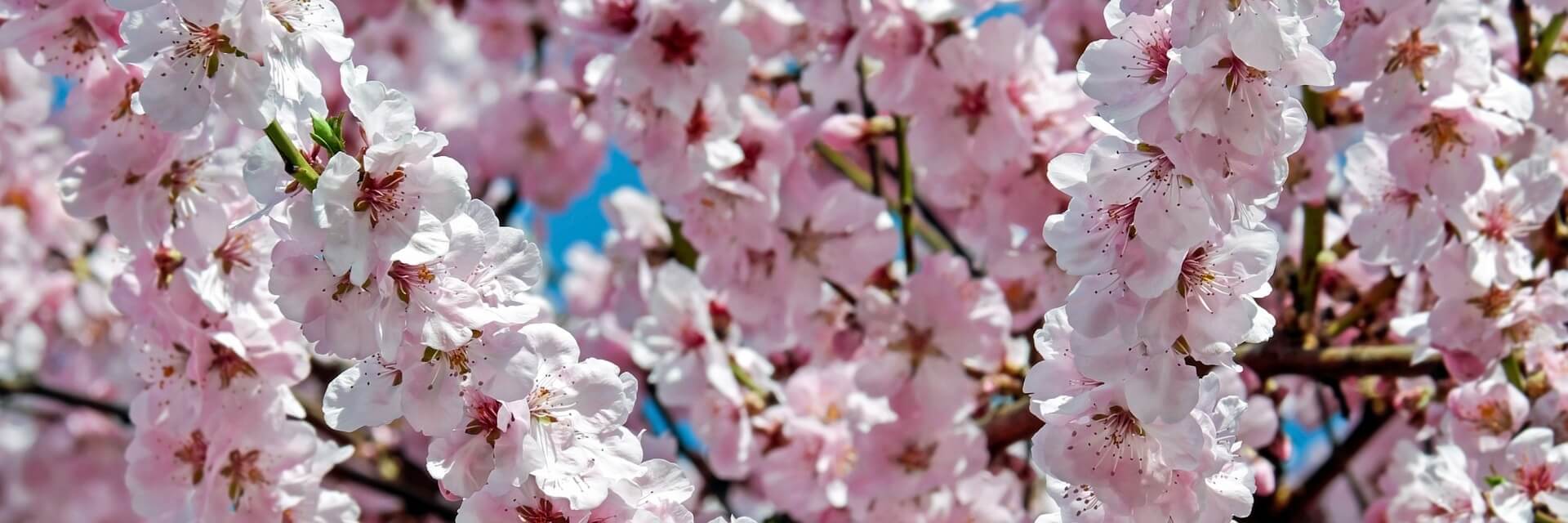
What causes cherry tree leaves to curl?
Curling leaves on cherry trees is usually a sign of aphids of black fly but could also be a symptom of Leaf Curl disease and is caused by a fungus called Taphrina cerasi and usually carried by the wind. Leaf Curl disease is a fungus which infects the branches and usually causes clusters of growth in the centre of the tree’s canopy with the leaves turning red in colour and are marked with white spores.
Why No Blossoms on My Flowering Cherry Tree?
Reasons why a flowering cherry tree may not blossom include a lack of sunlight, late damaging frosts or a warm winter as cherry trees need a certain amount of time in near freezing temperatures during their dormancy.
Is my Cherry Blossom tree dying?
If your cherry trees fails to produce any flowers or foliage it may well be dead, however the true indication will come from the wood; if it is is try and breaks easily under pressure this suggests the tree has died. Cherry trees also have a green lining under the bark, you can make a small incision and if this green layer has turned brown and dry unfortunately the tree has died.
When do cherry blossoms flower?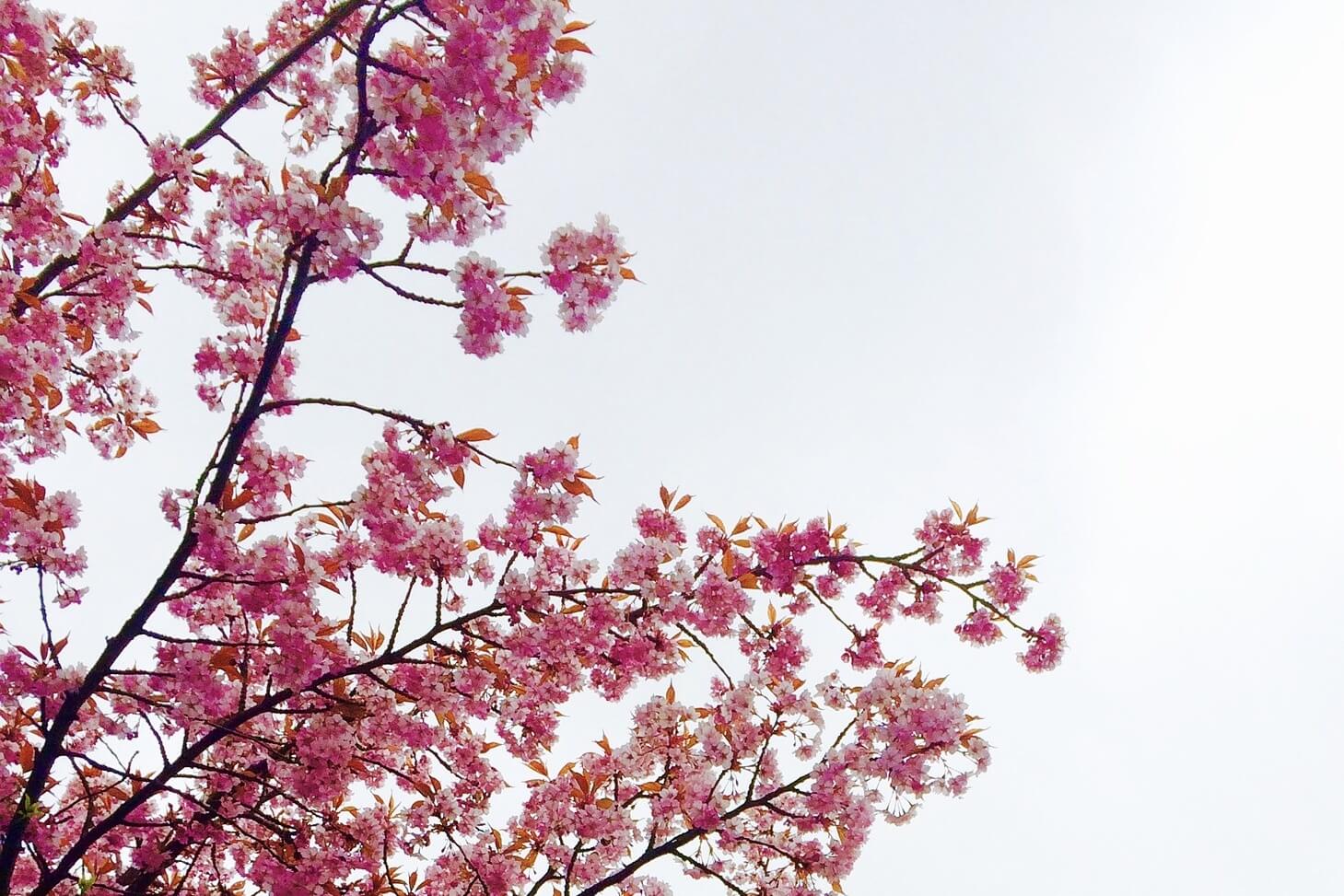
Cherry tree’s tend to blossom in mid-April however exactly when is entirely dependent on the weather as they will only bloom simultaneously throughout the country in periods of extending sufficient mild temperatures. Unseasonably early warm weather or late frosts could offset bloom and in Japan they have a special blossom watch after the daily weather report!
What is peak bloom?
Peak bloom is defined by the day(s) in which 70% of the trees are blooming. Unseasonable weather may prompt some trees to bloom early but these may then be killed off by frosts, peak bloom indicates a sustained period of sufficient temperatures to prompt a mass bloom from the cherry trees.
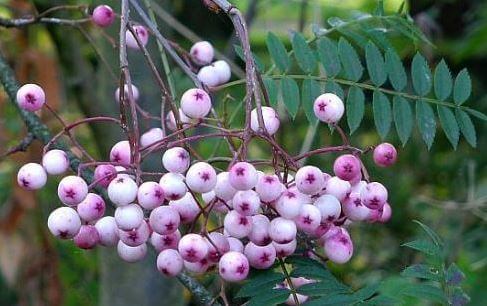
Discover our online selection of cherry blossom trees, where you’ll find white, pink and lots more in our complete range of ornamental trees.
–
Liam works in the buying team at Primrose. He is passionate about studying other cultures, especially their history. A lover of sports his favourite pass-time is football, either playing or watching it! In the garden Liam is particularly interested in growing your own food.